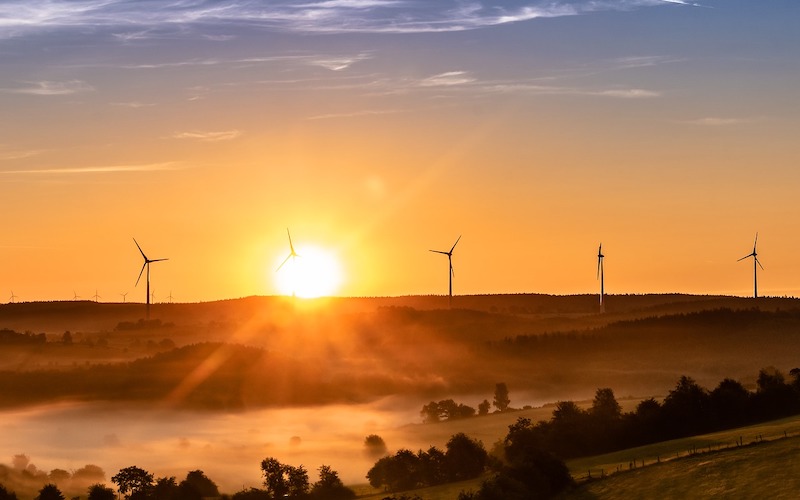When we talk about adding renewable energy to the U.S. power supply, there is often a lot of talk about getting that power from the supply source (the solar farm or wind turbines, etc.) to the local power grid. There is less talk of what happens once that power hits the grid and how buildings may be able to adapt to the influx of power from renewable sources.
Can site managers capitalize on renewable energy inputs to optimize energy consumption?
Capitalizing on Peak and Off-Peak Demand and Availability
Building technologies are changing at a fast pace. The rise of smart systems has made it possible for site managers to control buildings from afar, but what if such systems could be taken further and tweaked to optimize a site’s energy resources?
It’s not a new concept, but what is new is how building managers are using those technologies in response to changes in the power grid, specifically power that comes from renewable sources. The biggest change comes in the way we think about buildings. Instead of managing demand to fulfill the load requirements of buildings and still conserve energy, building managers are now starting to think about how they can adapt to grids with high amounts of renewable energy or even sites that have on-site renewable power sources.
Renewable energy often operates in spurts, with different days or times of day generating more power than others. Some sites are planning their operating times around these times of peak renewables generation. The idea is that by utilizing renewable power when it is at peak production, sites will realize cost savings.
It’s similar to the concept of running your most power-heavy equipment at off-peak times to benefit from off-peak rates. The trick is figuring out when renewable energy will peak and aligning your demand around those times.
Pricing Plans Are Key
Pinpointing when and how to run peak loads at times of high renewable inputs requires understanding a site’s energy data and consumption patterns as well as knowing when different energy sources are available and shifting site operations appropriately.
There are three pieces of information that can help you gauge when it’s a good time to capitalize on renewable inputs:
• Forecast load for buildings
• Weather forecasts
• Time of day pricing estimates
Time of day pricing is critical to this form of energy management to work. Without it, there are no peak and off-peak pricing differences; you’ll pay the same rate no matter what time of day it is and regardless of how strong the sun is shining down at the solar farm.
It’s possible that as the U.S. energy grid adapts to add more renewables, energy providers will adapt their pricing structures as well to include more time of day pricing options. When that happens, there will be incredible potential for site managers to benefit from systems that automatically adjust a building’s energy consumption, and boost overall efficiency.
Image by Myriam Zilles from Pixabay







